Chemical facial peeling is a procedure for applying special drugs and substances to the skin, under the influence of which the upper layer of epithelium is rejected. As a result of chemical peeling, we get an updated skin, free from visual flaws.
Content
Such procedures are especially effective for eliminating the first wrinkles that appeared on the skin of the face. In modern cosmetic salons, chemical peeling procedures are offered to eliminate the consequences of acne, to combat abundant pigmentation and other lesions of the skin of the face.
Types of chemical peeling faces
Superficial chemical face peeling
This procedure physically affects the upper layer of the epithelium. It is considered the easiest, after scrubbing, by cleansing the upper layer of the skin of the face from dead cells. The surface chemical peeling of the face includes procedures with a natural composition - fruits and acids.
Middle Chemical Piling for Facial
This type of chemical peeling does not just cleanse the surface of the skin of the faces of dead cells - its active components purposefully cause damage to the external cover of the epithelium. The field of such a chemical peeling procedure, deformed face skin is aligned and tightened. This refreshes its appearance and improves the condition.
Deep chemical piling for the face
The chemical peeling of the third stage is the most traumatic skin. Its main active component is phenol. Such chemical peeling is usually resorted to specialized salons for deep rejuvenation of the skin of the face.
Chemical peeling with acids
Chemical peels with natural acids are the lightest effect on the skin. Since natural organic or aha acids affect only the upper layer of the epidermis, such a chemical face peeling does not cause serious damage to the skin. Therefore, it can be used more often and even practice at home people from 30 years old.
Beauty salons that provide chemical peeling services at a professional level mainly use the most common and time -tested acids. Glycolic acid can be considered a clear favorite in this procedure. It is the result of the connection of grape juice with honey and sugarcane.
She is so popular in the salons of chemical peeling, because her active molecules are the smallest, so they quickly and efficiently clean the face. Also in the assortment of salons, dairy, wine, apple and even citric acids for chemical peeling leather processes are offered.
- lactic acid for chemical peeling is synthesized from blueberries and milk;
- wine - is the result of fermentation of grape juice with berries;
- apple acid is obtained from maple;
- and citric acid for chemical peeling is obtained after connecting acids of pineapple and citrus.
Among the above acids for chemical peeling of the face, it is natural apple and lemon that have bright -exposed antibacterial properties. Thanks to natural antioxidants, they also effectively free the skin cells from free radicals and accumulated harmful products from the environment.
Chemical peeling at home
Acids are used as part of chemical peeling products, while at home you yourself decide what natural components will be present there. The composition of home chemical peels can include ground coffee beans, clay, eggshells and even nuts. Thanks to their natural scrubbing properties, absolute accessibility and naturalness, to use them is a pleasure. No matter how young and well -groomed, an important part of the beautiful and fresh condition of your face skin is elementary chemical peels, which are very easy to do independently at home in the form of scrubs.
Recipes for home chemical pincers of the face (photo)
Honey chemical peeling: before and after
For the preparation of honey home chemical peeling, you will need: the juice of one lemon, a spoonful of sugared honey and a spoonful of bran. First, heat the water in a convenient container for a water bath. Melt honey well and add the rest of the ingredients there - mix everything thoroughly. Apply to cleansed skin with slow movements, avoiding the area around the eyes.
Egg chemical peeling: before and after
To prepare this homemade chemical peeling, you will need one chicken egg and a little low -fat sour cream. From the egg here you need only yolk and shell. Grind the shell in a separate container. Go carefully to this process so that subsequently large pieces of the shell do not injure the skin during the chemical peeling procedure. After using this chemical peeling, be sure to lubricate your face with a nutrient and leave it overnight.
Fruit chemical peeling: before and after
When choosing a mixture of fruit for home chemical peeling, choose not only those that you love, but also those that will be useful for the skin. Clean and break everything. Equally lubricate the skin of the face with peeling.
Clay chemical peeling: before and after
This recipe for homemade chemical peeling effectively removes the upper layer of keratinized cells from the surface of the skin of the face. For him, in addition to clay, you will need salt, preferably sea, boric acid in powder, juice of one sea cabbage and magnesia. Mix all dry ingredients of 30 grams and dilute cabbage with water with water to the porridge state of chemical peeling for the face.
Photo after chemical peeling
Chemical face peeling is a seasonal procedure. It's time to carry out manipulations with rejuvenation and cleansing of the skin of the face, when it is cold and so little scorching sunlight on the street. It is not difficult to make a cleansing chemical peeling at home or an elementary mask. And even you need to go to a professional salon for a deep peeling session.
Common chemical peeling for the face (photo)
We have already written about the most common home chemical peels a little higher - these are scrubs. They can be very different. They are easy to use due to the availability and simple replacement of ingredients. In addition, it is easy, tasty and convenient to make home chemical peeling before going to bed. Natural ingredients of such chemical peels not only cleanse the skin, remove the keratinized epidermal cells, moisturize, but also take care of the skin of the face. They are considered simple and safe to use from any age.
Chemical peeling for sensitive face skin (photo)
These are the so -called hommans, fruit or chemical peeling with acids are the most gentle, which can be done in specialized salons and houses. Such chemical peels are ideal for problematic, hypersensitive and prone to skin irritations.
Chemical peeling to combat black dots (photo)
Such peels or film masks are very convenient and often used at home. You can even buy them at the cosmetology store. Often, such chemical peeling for the face contain activated carbon, which, in fact, pulls black dots from the pores of the face with a dense film. When selecting such chemical peeling for the skin, pay attention to the content of vitamins and antibacterial substances in them.
Facial skin care after chemical peeling
Important is not just to make a chemical peeling of the face at home or in the cabin - this is a whole complex set of measures to prepare, conduct and restore the skin. With the right approach to the process, chemical peeling can create incredible things with the skin of the face: remove annoying pigmentation, rejuvenate and improve your skin, save you from irritation and restore the texture. In order to get such an effect, you must correctly and carefully take care of the skin areas that you have subjected to chemical peeling. The duration of the regeneration of the epidermis cells depends on the depth and level of the chemical peeling procedure that you did.
If you have seriously approached the choice of intensity and level of chemical peeling procedure, studied photos and reviews, carefully chose the salon or selected the composition for home use - you obviously protected yourself from unpleasant consequences. But no matter how impeccable your choice is, there is inevitable discomfort, which is impossible to get rid of, because, whatever one may say, and the procedure causes physical damage to the skin. It can be slight swelling and redness or slight itching and inflammation. Typically, these small side effects do not cause strong inconveniences and pass themselves in a fairly short time, and in the practice of cosmetology there are small tricks for leaving these effects to a minimum.
- Protect young skin from sunlight. It is still not dense enough to resist such an aggressive effect. From intense ultraviolet radiation, even short, easy to obtain skin skin after chemical peeling. That is why the summer period of strong activity of solar radiation is not a peeling season. At this time, it is better to limit yourself to natural scrubs of a shallow action.
- After the chemical peeling procedure, take care of the open pores of the face. Be sure to use the means of narrowing pores for the entire period until the skin is completely restored after chemical peeling.
- Moisturization is always an important factor and an indicator of skin health. The chemical peeling procedure not only physically removes the keratinized layer of the epidermis, but also greatly dehydrate the skin of the face. Therefore, it is simply necessary to moisturize updated skin both in the evening and in the morning. Do not worry that the face can become oily - after chemical peeling, your brand new skin needs a lot of liquid to recover, so you can not even worry about oily.
- There are special nutrient vitamin masks to restore the epidermis after chemical peeling. Now vitamins of groups A and E, mixtures of essential oils, as well as fats and proteins will be very useful.


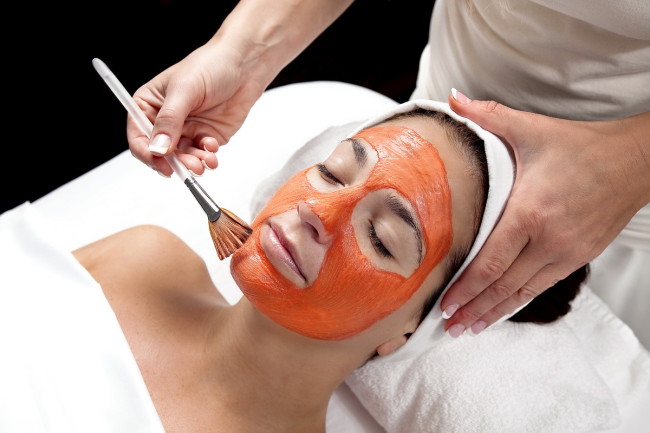
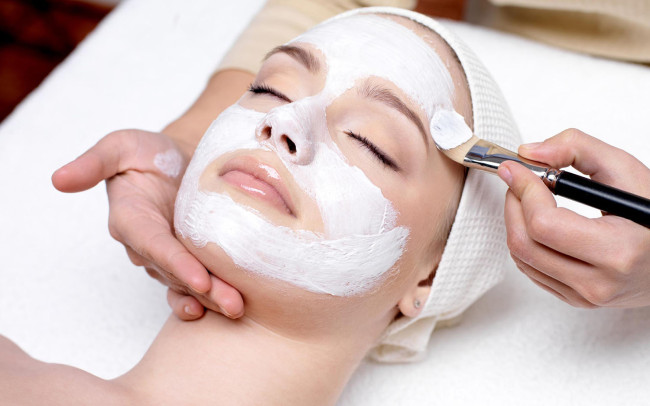
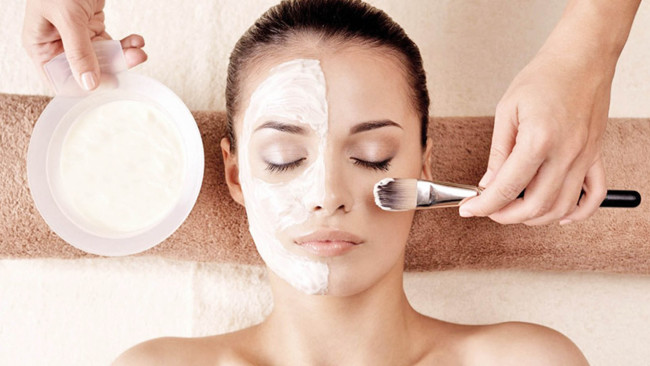
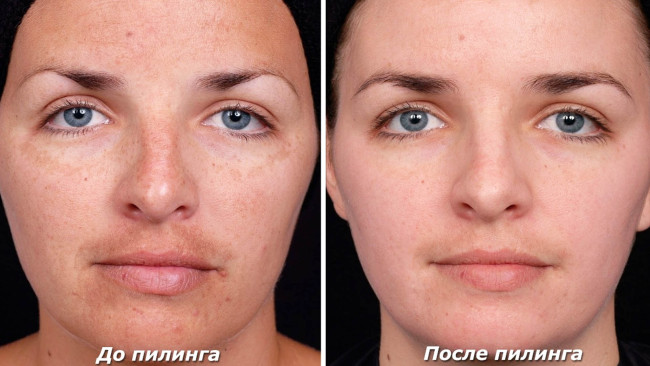
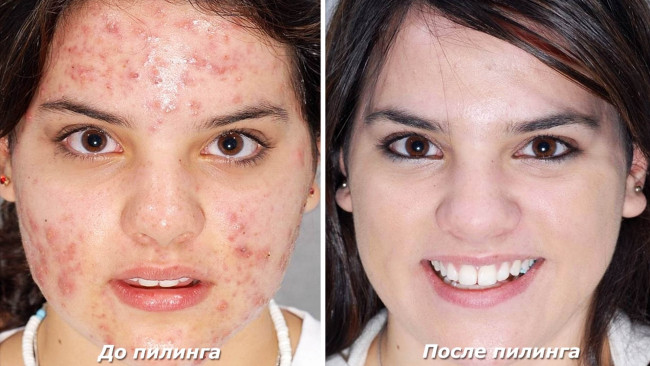
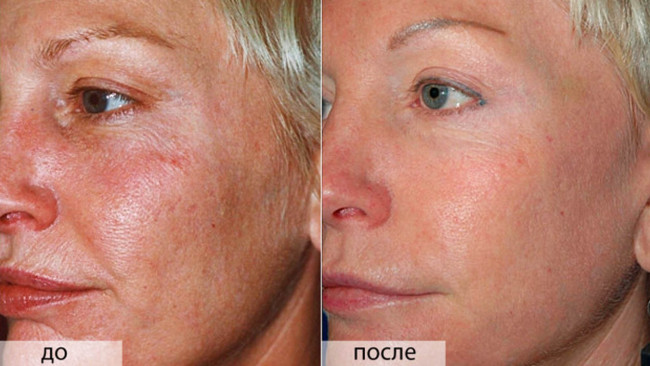
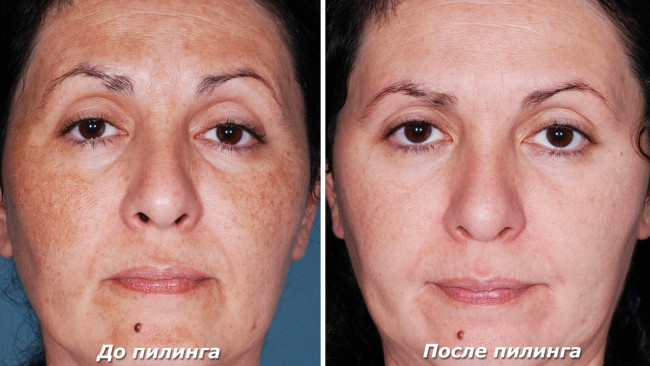
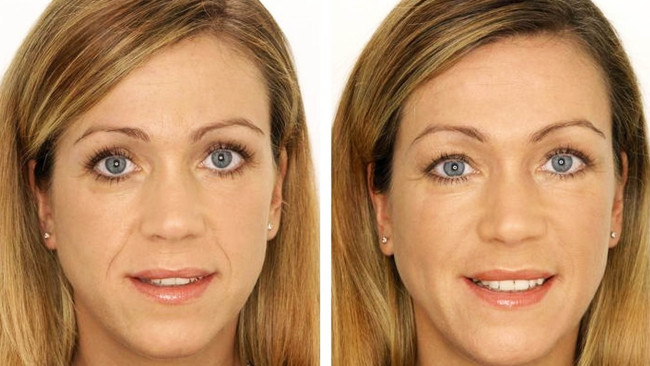
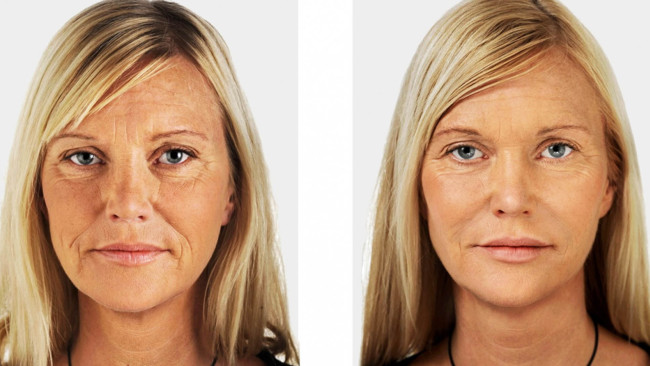
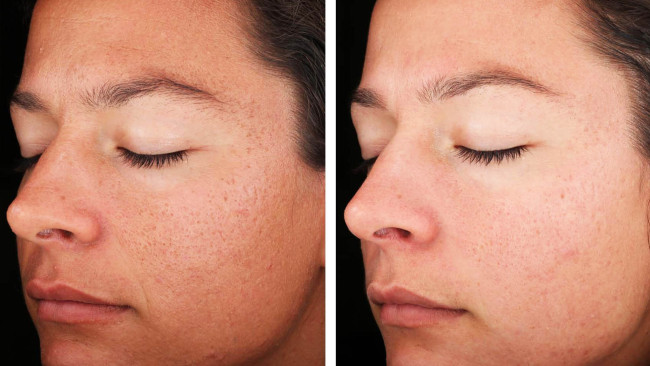
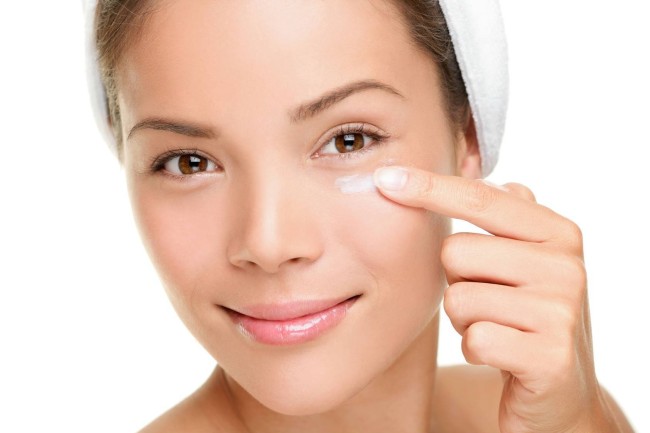








Comments
a couple of years ago, there was no side of metrogils from the same problem, there were no side effects ...
I’m not a fan of peeling at all, it saves from acne of metrogil, it also smoothes it ...
Great article! ...
I take the second course of the Capsules Climafite 911. The tides went very quickly. It became calmer, irritability went away and I sleep well ...
i also noticed - it is worth nervous, everything immediately affects the face. Therefore, I try to avoid conflicts and unpleasant people. Of the creams, I like Miaflow from wrinkles - smoothes not only small wrinkles ...